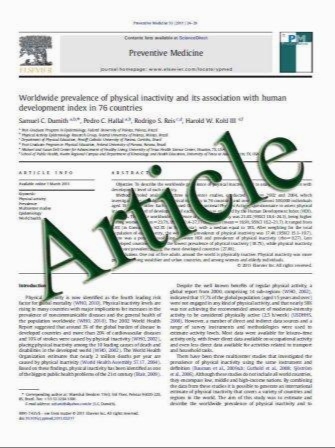Hydrocephalus and aquaporins: lessons learned from the bench
- نوع فایل : کتاب
- زبان : انگلیسی
- مؤلف : Aristotelis S. Filippidis &M. Yashar S. Kalani & Harold L. Rekate
- چاپ و سال / کشور: 2010
Description
Purpose Hydrocephalus is a common disorder of defective cerebrospinal fluid (CSF) turnover. The identification of the aquaporin water channels (AQPs) led to the study of their role in the composition of biological fluids including CSF. The purpose of this study is to review the potential role of aquaporins in the pathogenesis, compensation, and possibly treatment of hydrocephalus. Methods We performed a MEDLINE search using the terms “aquaporin AND hydrocephalus.” The search returned a total of 20 titles. Eleven studies fulfilled the criteria for this review. Results Most studies were performed in animal models. The expression of AQPs in hydrocephalus is significantly altered. Aquaporin-1 levels at the choroid plexus are decreased in most models of hydrocephalus while CSF production and intracranial pressure are reduced in AQP1 knockout mice. In contrast, the expression of AQP4 in hydrocephalus is increased at its sites of expression. Aquaporin-4 knockout mice show a decreased clearance of brain edema via blood–CSF and blood–brain barrier (BBB) pathways and decreased survival in hydrocephalus models. Conclusions Aquaporin-1 is highly expressed at the choroid plexus and is related to CSF production. Aquaporin-4 is expressed at the ependyma, glia limitans, and at the perivascular end feet processes of astrocytes of the BBB, facilitating the water movement across these tissue interfaces. The observations obtained from animal studies and few cases in humans indicate an adaptive and protective role of AQPs in hydrocephalus by decreasing CSF production and increasing edema clearance. Aquaporins are attractive targets for the pharmaceutical treatment of hydrocephalus.
Childs Nerv Syst (2011) 27:27–33 DOI 10.1007/s00381-010-1227-6 Received: 1 July 2010 / Accepted: 1 July 2010 / Published online: 13 July 2010


